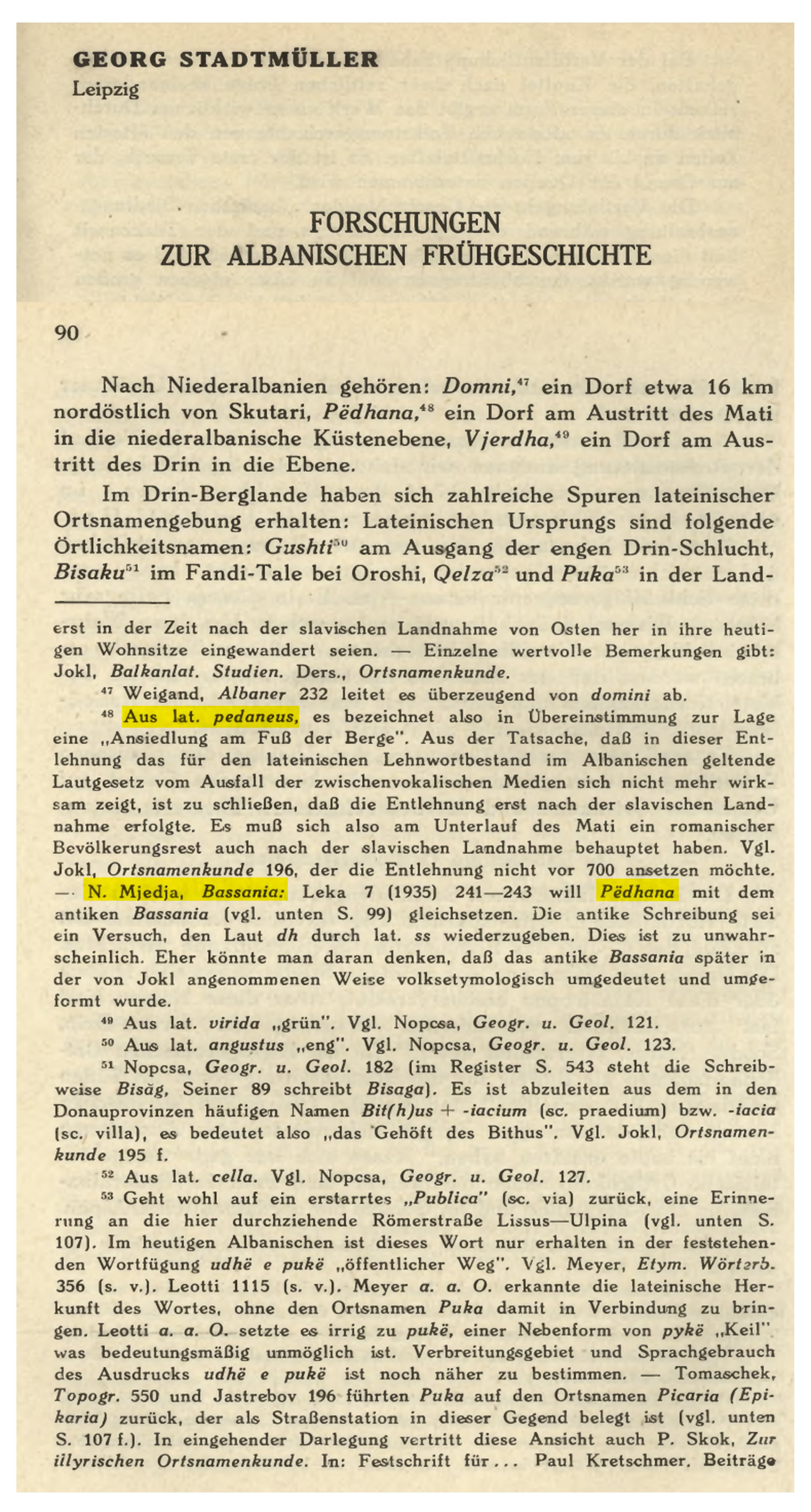It's a valid point btw. Of course the final say has ancient DNA with a lot of samples. But, unfortunately in case of Central Balkans we have to rely on Pre and Post logic since the groups heavily used cremation.
Yeah, also this is further complicated by the fact that we do really have to remember that a lot can change in 200 years, let alone 800, etc..
"Given the scarcity of the material, it is extremely difficult to
date Thracian as a language.
It seems however that one can claim with relative certainty that the language was spoken through the Iron Age and into the Roman Era.
There are examples of the Linear B forms from Crete which have been interpreted as Thracian names, cf. e.g.
o-du-ru-we (Dat./Loc.sg.) KN C 902.6, (Gen.sg.)
o-[du-ru-wo KN Cο 910 apparently to Trac. name
Ὀδρύσαι (Odrysai), which might well point to the existence of Thracian as a separate linguistic unit in the
chronology comparable to those of Mycenaean Greek (Hajnal 2003, 134).
If we assume that the hypothetical Balkan linguistic unity (irrespective of genetic or more typological sorts) was still present around 2000 BC, we may claim that, after the first wave of migration of the Proto-Greek tribes, the other Balkan groups (Proto-Thracian/Proto-Macedonian/Proto-Phrygian) occupied the historical regions of Macedonia and Thracia, and the
migrations around 1200 BC caused some movements to push the ancestors of Phrygians to the Asia Minor and the Doric tribes to the South.
In such a hypothetical scenario, Thracians would have remained in their historical settlements, or even have
spread to the North and East.
Thracian remained the predominant language in the Central Balkans possibly until the Slavic invasion.
For example, the Slavic version of the place name Plovdiv seems to continue the Thracian form Pulpudeva rather than the Greek Phillippopolis, despite the strong Hellenization of the material culture in the area; the quick Romanization after Roman conquest would indicate influence of both languages (Greek and Latin).
The singular mention of the monks speaking “Bessian” language in one of the monasteries in the Sinai in the 6th cent. (around 570 AD), by Antonius Placentinus is worth noting.
Later Symeon the Metaphrast (10th cent.) in his biography of Saint Teodosius the Cenobiarch (423-529) claimed that Thracian was spoken in a monastery, built on Mount Sinai, when Teodosius visited (i.e. in the 5th cent.):
“There were four churches (…), one for each of the three nations of which his community was chiefly composed, each speaking a different language (…). The nations into which the community was divided were the Greeks, who were by far the most numerous, and consisted of all those that came from any provinces of the empire; the Armenians, with whom were joined the Arabians and Persians; and, thirdly,
the Bessi, who comprised all the northern nations below Thrace, or all who used the Runic or Sclavonian tongue.
Each nation sung the first part of the mass to the end of the gospel in their own church, but after the gospel all met in the church of the Greeks, where they celebrated the essential part of the sacrifice in Greek and communicated all together...”.
This reference could suggest a scenario where the remnants of Thracian were still in use by the time of the appearance of Slavic tribes in the Balkans."
https://www.academia.edu/49080142/T...KT04HfrhkfYBTNoU6-3gmVmVQW8zNZRPQaPkQRgb5UkoM




